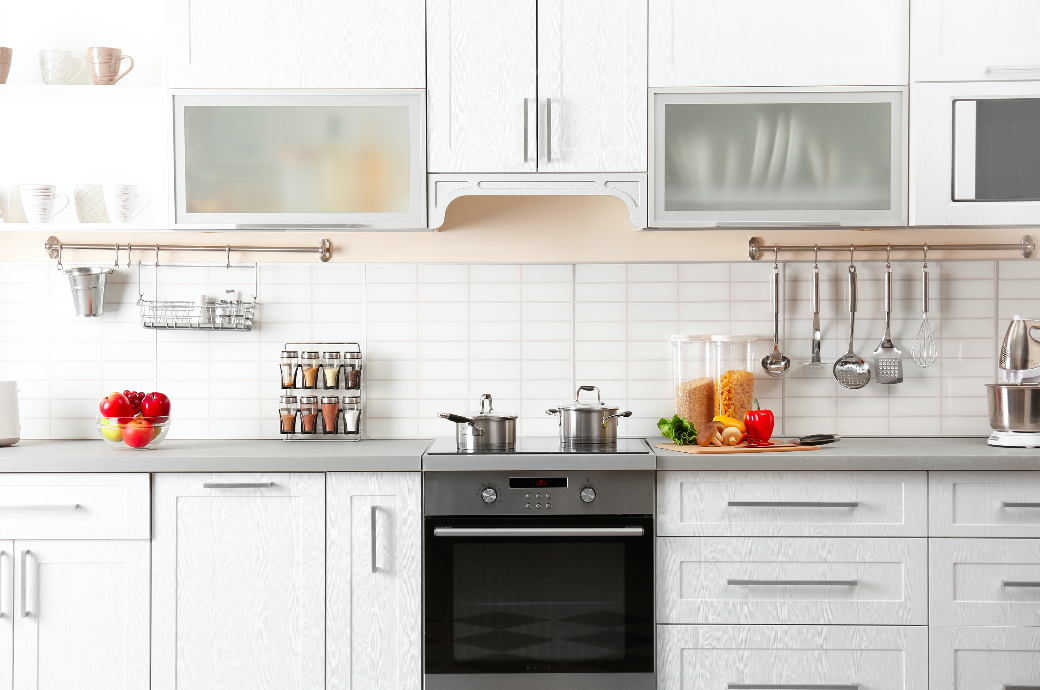
The coronavirus pandemic has brought new rules, obligations, and responsibilities to everyone. Emergency state measures require staying at home and reducing interaction with people, which increases the amount of time we spend in our homes. If you are one of those who use the extra time to try out all the recipes that have been on the waiting list for a while, we bring you some tips that will make your kitchen more energy-efficient and thus reduce your energy bill.
Maintain your refrigerator and keep it full
The fridge is at the top of the list of devices that, on average, consume the most energy in a home, which is not surprising given the fact that it is always on, or active, to keep food fresh. Continuous use of each device affects its capacity, which is why its maintenance is essential. If you have one of the older models, consider replacing your fridge with a newer device that uses less energy. Also, keeping your fridge always full will help reduce energy consumption because the more items you have in it, the less electricity you need to cool it.
Use glass or ceramic dishes in the oven
What kind of dishes do you use when cooking? If your recipe calls for cooking in the oven, use glass or ceramic pans. The food will cook just as fast in these dishes, but you can keep the temperature about 10 °C lower than necessary, therefore reducing energy consumption.
Keep the oven door closed
Sometimes it is difficult to resist those chocolate biscuits while they’re in the oven, but opening the door while baking is bad for both the food and your energy bill. Each time you open the oven, you will lower its temperature, which means that it will need extra energy to return to the one it is set on. Instead of opening the door to check whether the food is done, rely on a timer, or turn on the light in the oven for a better look.
Turn off all unused devices
Whether it is a toaster, a coffee machine, or a mixer, there is an appliance or two in every kitchen that is not used as much. Be sure to keep these devices off if you do not need them, as otherwise, they will consume energy even if they are off.




